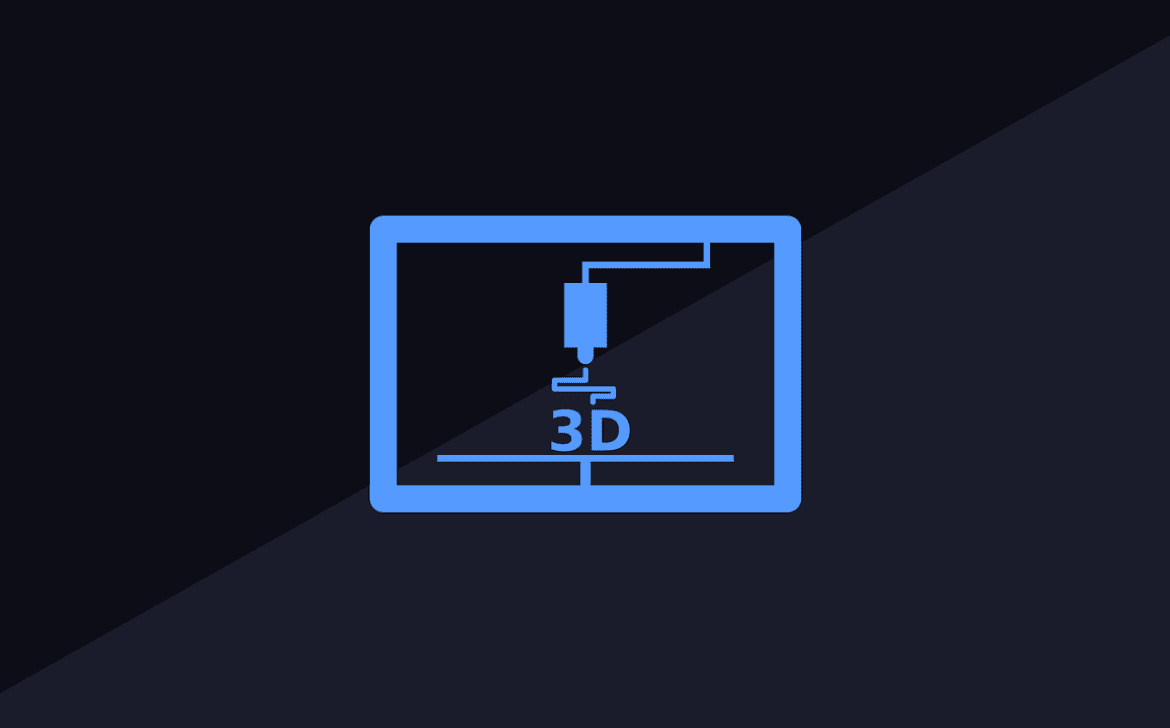Blockchain: Unraveling the Power of Decentralized Technology

Introduction
In the rapidly evolving landscape of technology, few concepts have garnered as much attention and intrigue as blockchain. Often associated with cryptocurrencies, blockchain has the potential to revolutionize industries beyond finance, offering enhanced security, transparency, and efficiency. This blog will delve into the core concepts of blockchain, its real-world applications, and the transformative power it holds across various sectors.
Understanding Blockchain: The Building Blocks
At its essence, blockchain is a decentralized and distributed digital ledger that records transactions across multiple computers. Unlike traditional centralized systems, where a single authority controls the data, blockchain operates on a network of interconnected nodes, ensuring a high degree of transparency and security.
The key components of a blockchain include:
- Blocks: Data structures that store information about transactions or other digital records.
- Chains: A sequence of interconnected blocks, forming a chronological chain.
- Decentralization: The absence of a central authority, with the network participants collectively maintaining and validating the ledger.
- Consensus Mechanism: An agreed-upon method for validating transactions, which varies among different blockchain platforms.
Applications Beyond Cryptocurrencies
While blockchain gained its initial prominence through cryptocurrencies like Bitcoin, its potential extends far beyond the realm of digital coins. Here are some noteworthy applications:
- Supply Chain Management: Blockchain can enable end-to-end traceability of products, helping to prevent fraud, counterfeiting, and ensuring the authenticity of goods.
- Healthcare: Patient records, drug traceability, and medical research data can be securely stored on a blockchain, allowing authorized parties to access accurate and tamper-proof information.
- Financial Services: Beyond cryptocurrencies, blockchain can streamline cross-border payments, reduce fraud, and enhance transparency in financial transactions.
- Smart Contracts: Self-executing contracts with predefined rules that are automatically enforced when conditions are met, eliminating the need for intermediaries.
- Voting Systems: Blockchain’s immutability and transparency can revolutionize voting systems by ensuring tamper-proof and verifiable election results.
Advantages of Blockchain
Blockchain technology offers several distinct advantages that contribute to its growing popularity:
- Transparency: All participants in the blockchain network can view the same information, promoting trust and accountability.
- Security: The decentralized nature of blockchain makes it extremely difficult for malicious actors to alter data without consensus from the network.
- Immutability: Once data is added to the blockchain, it is nearly impossible to modify, ensuring the integrity of records.
- Efficiency: Automated processes and elimination of intermediaries streamline transactions, reducing costs and processing times.
- Decentralization: Removing central points of control reduces single points of failure and enhances overall network resilience.
Challenges and Considerations
While blockchain holds immense promise, it also faces certain challenges:
- Scalability: Some blockchain networks struggle to handle a large volume of transactions quickly and efficiently.
- Energy Consumption: Proof-of-Work (PoW) consensus mechanisms, used by some blockchains, require substantial energy consumption, sparking debates on environmental impact.
- Regulation: Governments and regulatory bodies are grappling with how to approach and regulate blockchain and its applications.
Future Possibilities
As blockchain technology continues to mature, its potential for reshaping industries is becoming more apparent. Sectors such as real estate, intellectual property, and identity verification are exploring blockchain’s capabilities to enhance security and streamline processes.






















